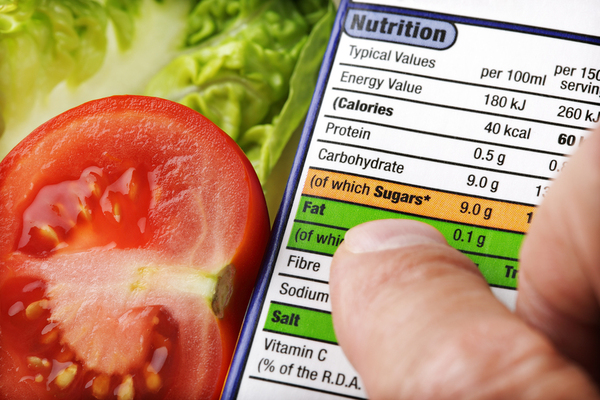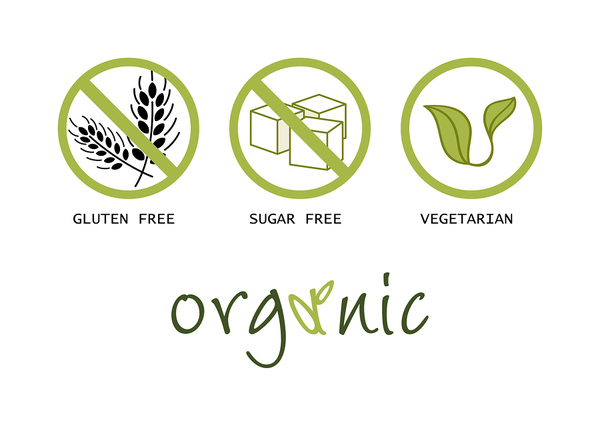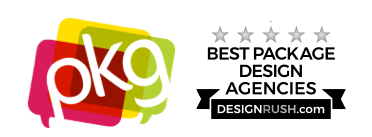Most Americans have not assimilated the official term of “clean labeling,” but they definitely have preferences when it comes to what they see on food packaging designs.
 Food packaging designs should be eye-catching and informative.
Food packaging designs should be eye-catching and informative.
In a nutshell, Americans want their foods to do as little harm (to themselves and the environment) as possible. They want a minimum of additives and artificial preservatives and minimal processing, and they want to be able to recognize the things listed in ingredient lists.
At the same time, however, they will not compromise on food taste, appearance, or how it feels in their mouth. A majority (71 percent) say they are willing to pay a premium for products that align themselves with sustainability goals.
Trends in Consumer Preferences
“Clean labeling” essentially means making labels easy to understand, easy to read, and richly communicative. It is a tall order, for sure! Nearly half of consumers look at ingredient lists before choosing products, and nearly one-quarter say they are influenced by health claims made on food packaging designs.
Brands, in turn, need to call attention to any health benefits their products can claim, such as lack of artificial ingredients, preservatives, or additives. In fact, the “active and intelligent packaging market” is expected to be worth nearly $10 billion annually by the end of 2021.
Food Packaging Design Touting Health Benefits
Since 85 percent of the market for active and intelligent packaging is in the United States, it makes sense that American food packaging design should focus on health benefits. Indeed, in 2016, more than 4,500 new products qualified to carry the USDA designation of “no additives or preservatives” on their labels. Additionally, designations like GMO-free, organic, and gluten-free have become more popular in recent years.
But it is not just their own health about which the typical consumer is concerned. Consumers want the brands they love to help keep the planet healthy, and they crave information on food packaging designs about brands’ commitment to sustainability. Brands that can appeal both to consumers’ desire for healthier, less-processed food and sustainable products and packaging can gain an advantage over competitors that cannot.
 Brands should not be shy about sharing facts that appeal to consumer health and sustainability preferences.
Brands should not be shy about sharing facts that appeal to consumer health and sustainability preferences.
The Formula for Pleasing Customers at the Store Shelf
Though the specifics, of course, differ with the product and brand, what consumers want to see on retailer shelves is fairly straightforward. They want to see a favorite brand’s logo, text claims as to health benefits and sustainability, and they want to see how to access additional information, such as on a website, social media page, or by scanning a QR code.
When consumers see these elements in food packaging design, they feel empowered. They feel especially empowered when they have access to tools (which also may accessible by QR code or similar technology) that allow them to truth-check the claims on the products they choose.
Clean Labeling without Compromising Taste: A Balancing Act
Consumers want clean labeling, and they want to know what is in the foods they eat, and where the ingredients came from if possible. However, they do not want to compromise on taste, which means brands that want to remain popular and relevant may have to step up their game in order to deliver the taste, texture, and appearance that consumers want while stripping out the additives and artificial ingredients that they do not want.
Brands that are able to make health claims about their products, or to say that they are made without artificial colors or flavors should do so clearly and confidently. Likewise, brands with strong commitments to sustainability throughout the supply chain should state this on their labels. People crave information, and since this is the Information Age, it stands to reason that the food brands that keep consumers informed while appealing to their senses with outstanding products and packaging designs will have competitive advantages over brands that do not make the effort of doing so.
PKG Brand Design is always on the forefront of new CPG branding and packaging initiatives - to read more, please subscribe to our blog to always be current on the latest package design industry news.
 |
 |






